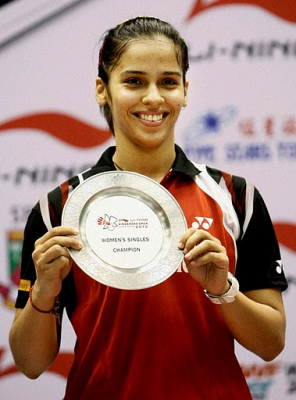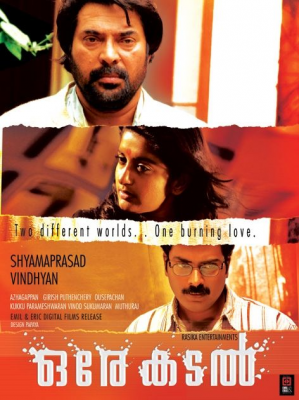Of the many first-impression reactions I received from friends, acquaintances and even total strangers, many commented on the presentation aspects of this blog. The writing, I understand is not everybody’s cup of tea. I was pleased to receive positive feedback on the presentation because over many years I have been drawn towards the many intriguing aspects of publishing. Perusing typefaces endlessly, studying character spacing, word spacing, line spacing and paragraph spacing. I also had a weak spot for publications that lay out it’s text and images on sublime background colours and images, creating just the perfect contrast that makes it both eye catching as well as readable. Some of the better one’s like Wired had a spread that could match even the best buffet layout in getting the drool going. So, when I decided to publish my blog it was only natural that the layout be satisfying to the senses.
Publishing for the web has it’s own challenges. It’s ironic that the very same technology that enabled mass adoption of many unique publishing techniques for the print are unavailable for web publishing. The reasoning is easy to follow if you know the history of web; but that history is monstrously complex for me to attempt and simplify at the moment. The availability of fonts are limited; the best options among the serif types are Times New Roman and Georgia. Among sans-serif it’s Arial and Helvetica. Without the proper sizing and background some fonts come out looking disturbingly anorexic. And if you would like to layout the text so that it flows around the outline of an image of Coke bottle the challenges are just too much to even make it worthwhile. That is why the creative talent at most magazines find their product’s online avatar embarrassing, and rightly so.


 Looking at the stadiums and looking at the progress, I don’t really think we are capable of holding such big tournaments because you know, I have seen many Games like the Commonwealth Games in Melbourne (in 2006) and Olympic Games in Beijing (in 2008). Compared to that it’s not upto the mark.
Looking at the stadiums and looking at the progress, I don’t really think we are capable of holding such big tournaments because you know, I have seen many Games like the Commonwealth Games in Melbourne (in 2006) and Olympic Games in Beijing (in 2008). Compared to that it’s not upto the mark. 
